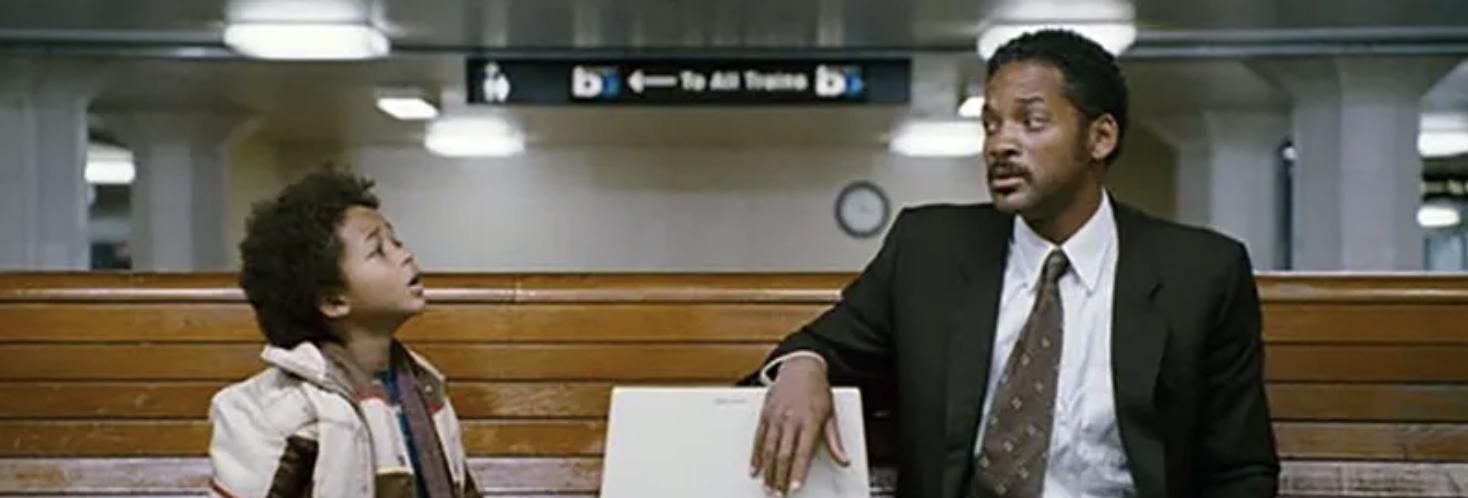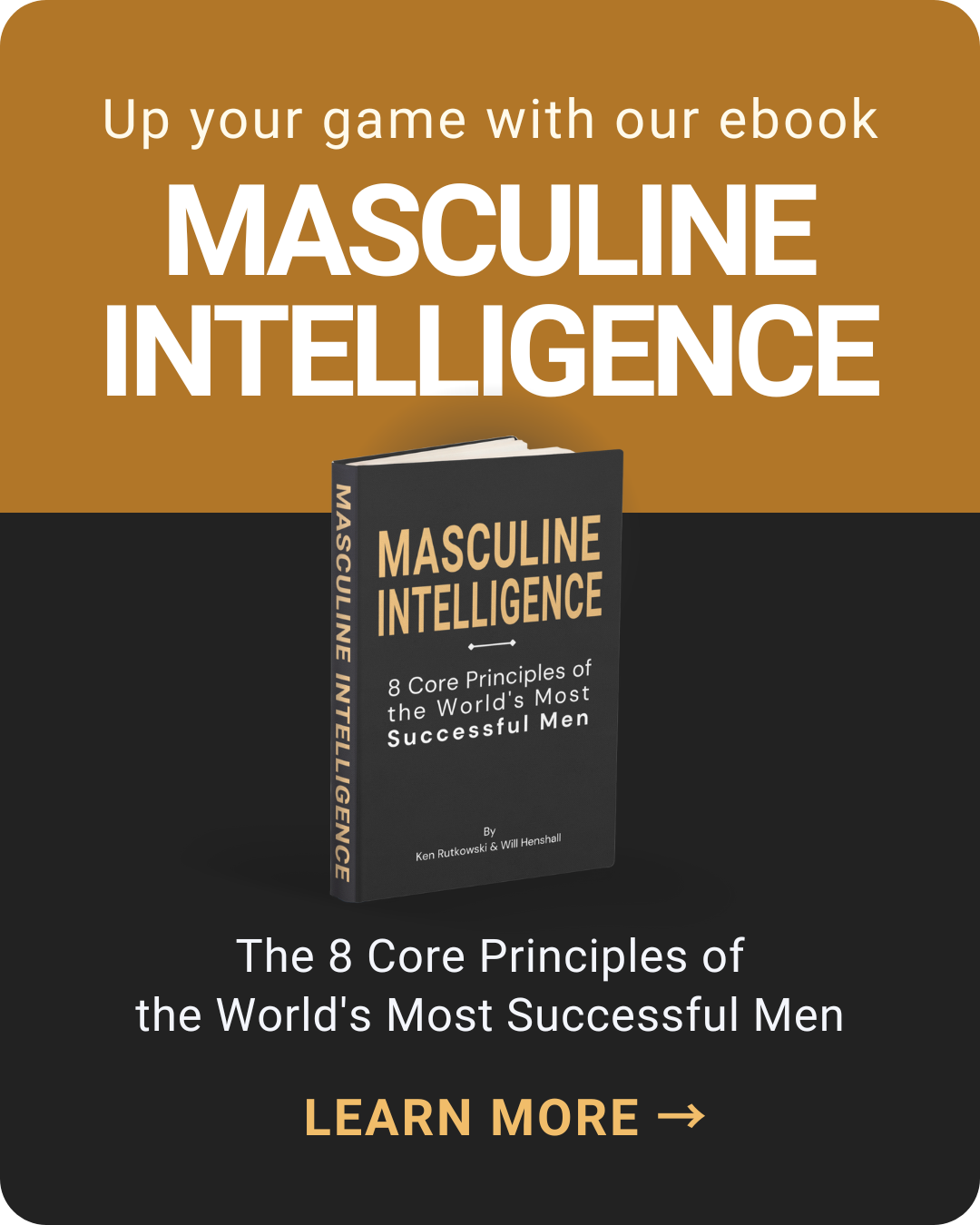
For Greg Logan, the global branding and marketing savant, The Hollywood Sign sparked a revelation.
Some look at it and dream of a glamorous past. Others see a splintering, tilting, tawdry symbol.
“Brands need to be better storytellers. Hollywood stands as the most financially successful storyteller in human history. I looked at that sign and thought, ‘they have secrets.’ I was going to reverse engineer them, and make them work for my clients.”

Logan says thousands of experts often advise brands to be better storytellers but no one – until now – has told them how.
“The first rule? Stop telling the story you want to tell. No one cares. The story you’re telling is probably too rational, too long, and sounds like everyone else. After all, we all conform to the conventions of our particular category. Stop talking to the head and talk to the heart.”
Just like a good movie.
Good movies employ a suite of “tricks,” according to Logan, that make a great story. Here are a few key ones and how he adapts them for his clients:

THE LOG LINE
It’s pithy. It captures attention. And it speaks to what the audience or customer is thinking in a split second. In Hollywood, it has to answer the question every producer is asking in his or her head while hearing a pitch: “Is this going to make money?” Among the best loglines that have sold a movie deal on the spot: “Arnold Schwarzenegger and Danny DeVito are twins.”
Watch Greg Logan at METAL
For his client Showcase, which forwards its members a new musical artist every day, it’s “What’s Next in Music. Now.” For METAL, the men’s group, it’s “The World’s Most Inspiring and Enriching Brotherhood.”
THE CONTROLLING IDEA
That thematic phrase you post over your desk is your north star. It’s the feeling you want your audience to leave the theater with, a combination of values and a worthy cause. In Star Wars, the values are “friendship and sacrifice,” and the cause is “to bring down the worst evil imaginable.” James Cameron’s Titanic can be distilled down to “love conquers all.” For Showcase, Logan developed “5 Minutes of Fresh,” to reflect that each day they “deliver a delicious bite-sized snack of new music.”

THE QUEST
Great stories are defined by great quests. Again for Star Wars, it’s “save the galaxy by defeating the evil empire.” For Finding Nemo, it was in the title itself: “find Nemo.” For his client Showcase, it’s “make people feel cool.” For METAL? “Inspiring inspiring men.”
THE TAGLINE
“In space, no one can hear you scream.” Compelling and unforgettable. That’s a movie you have to see. So too for the 40 Year Old Virgin: “The Longer You Wait the Harder It Gets.” For Showcase, it became “The Next. Now.”

TONE
Every genre has a tone. Horror movies thrive on tension. Musicals feel uplifting. Businesses too need to create a tone for their branding, something Logan claims they rarely do. His method is first to help identify the “personality” of a company's brand by identifying three traits. For example, Showcase came up with “daring, purposeful and worldly.” Logan then asked them “if those words described a person, how would that person or company sound in all its communications? How can you consistently create instant impact with the brand voice?”
GENRE
This is perhaps the most surprising of Logan’s insights on crafting a company’s storytelling game. He says there are 27 genres. Showcase chose “documentary” for its company genre because its story is one of “opening eyes to something new.” For METAL, “the genre is the coming-of-age buddy film.” Says Logan, “METAL members are coming down the road together learning what’s important.”
ENEMY AND SUPERPOWER
Hollywood screenwriting legend Syd Field said it simply: “All drama is conflict.” Logan adds: “... and the hero has a superpower that defeats his enemy and enemy’s energy in that conflict.” The enemy for METAL is “flying solo.” METAL's superpower? “You can defeat it with brilliant brotherhood.”

SYNOPSIS
All movies are built on a three-act structure which gives a shorthand plot summary. Logan says “every brand should tell the biggest possible story in the shortest possible time. So I start with the controlling idea, with the customer value proposition, and then I put a three-act structure underneath. Call them three ‘proof points’ for customers. For Showcase, we developed ‘Exciting artists emerge every day. Be the first to be a fan and break free. Expand your taste and your playlist way beyond the norm.’”
THE LOVE STORY
Love Story? For businesses? What the…? Logan explains: “When they hear your company’s story, the audience should fall in love with you. Tell your story by starting with your greatest tension, then show how it’s their tension – then lead it all to a happy ending. For Showcase, we identified the parallel company and customer journeys of hating bland, corporate music. So the shared love story runs, “Time is precious. So is talent. It's hard to find what you love when you’re being fed a constant diet of crap.” It ends with, “For just a few minutes every day with us, you’ll find something very rare – quality over quantity.”

BACKSTORY
Everybody loves a good “mess to success” story. “A well-crafted backstory creates empathy,” Logan says. “And nothing good happens in it. Think about it – every Disney character’s parents are dead. You feel sorry for the protagonist and want him or her to succeed. And kids want to buy and take care of orphan toys.”
Talking about yourself is boring. Logan repeats that lesson often, because it’s hard for companies to let go of bad habits. No one cares. Instead, “when you tell your story, keep your customer’s story in mind every single moment. What do you hate that your customer also hates? You want them to feel, ‘I hate that too!’"

"What struggles have you gone through and what transformation did you make to overcome them? It’s the Hero’s Journey – and together you go from the ‘Ordinary World’ to the ‘Special World.’ Don’t change your product or prices, change your story. If you can help them achieve their heroic quest – then they will help you achieve yours.”
Today's email was brought to you by Adam Gilad.



